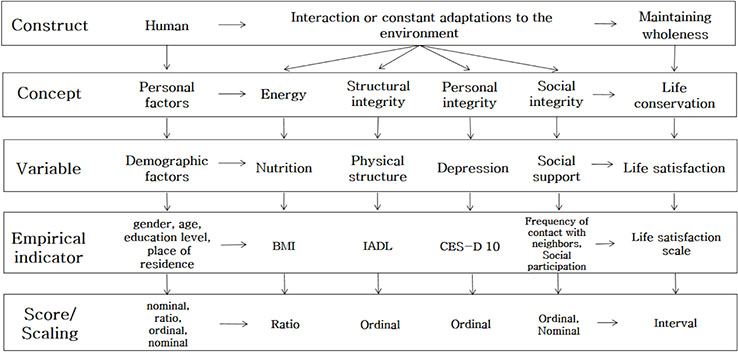PhD Candidate, College of Nursing, Hanyang University, Seoul, Korea.
© 2016 Korean Society of Adult Nursing
This is an open access article distributed under the terms of the Creative Commons Attribution Non-Commercial License (http://creativecommons.org/licenses/by-nc/3.0/), which permits unrestricted non-commercial use, distribution, and reproduction in any medium, provided the original work is properly cited.


†Missing data excluded; IADLs=instrumental activities of daily living scale.
IADLs=instrumental activities of daily living scale; OR=odds ratio; CI=confidence interval.
IADLs=instrumental activities of daily living scale; OR=odds ratio; CI=confidence interval.
†Missing data excluded; IADLs=instrumental activities of daily living scale.
IADLs=instrumental activities of daily living scale; OR=odds ratio; CI=confidence interval.
IADLs=instrumental activities of daily living scale; OR=odds ratio; CI=confidence interval.